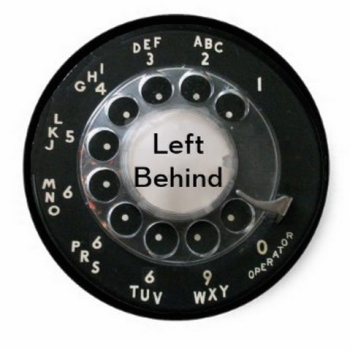July 30, 2007, on this blog: Pennhurst & subsidiarity
We are poorly served by the widespread belief that our society involves two, and only two, kinds of political actors: individuals and the state. Subsidiarity, by contrast, recognizes the existence of a host of other actors and agents: families, neighborhoods, civic groups, schools, universities, businesses, churches, religious congregations, nonprofits, etc. Refusing to acknowledge the existence of such actors means refusing to acknowledge the relationships and responsibilities that individuals and the state have to them, which leads in turn to a distorted, Hobbesian, understanding of both individuals and the state. Individuals become viewed as detached, solipsistic atoms engaged in a war of all against all. The state becomes viewed as a monolithic, gargantuan Leviathan — a threat to, rather than the created servant of, the individuals. They are viewed as binary opposites, a view that allows in turn only the binary possibilities of socialism/totalitarianism or anarcho-libertarian/social Darwinism.
(It’s worth noting that the American Constitution rejects this binary view with its distorted understanding both of individuals and of the state, and it does so in its first three words.)This binary outlook cannot accommodate the mentally disabled. They are, like all children, dependent, and thus incapable of surviving in a Hobbesian jungle. They are dependent, first and foremost, on their families. Acknowledging the reality of such dependence, and of the reality of the existence and obligations of families, shatters the illusions of the binary outlook and forces us to consider the wide world that exists beyond its artificial walls.












